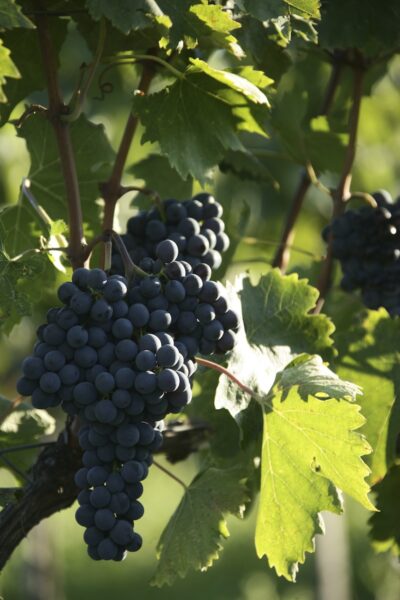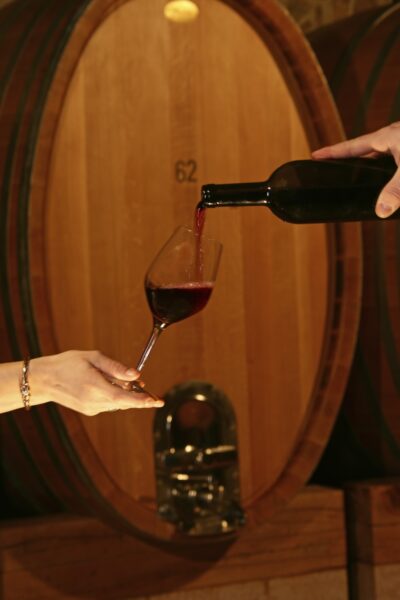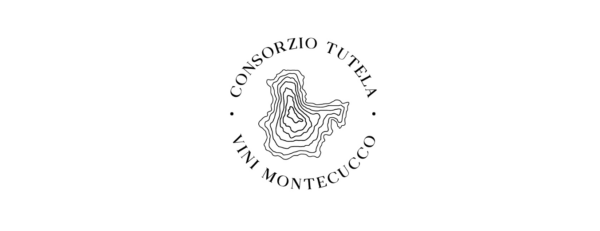THE CONSORTIUM FOR THE PROTECTION OF MONTECUCCO WINES PRESENTS THE RESULTS OF THE NEW SURVEY CONDUCTED AMONG MEMBER COMPANIES
Sustainability, strengthening the domestic and foreign markets, wine tourism and a focus on new market trends: Montecucco looks to the future without losing sight of its territorial identity and the values that have made it world-famous.
Three years after the first data collection exercise that consecrated it as a virtuous example of environmental sustainability in Tuscany, the Consortium for the Protection of Montecucco Wines has recently embarked on a new survey conducted among its member wineries to certify, in addition to production and certification data, various other aspects and elements linked to the activities of the area’s wineries, in order to provide the most detailed and extensive overview of the status quo of the Denomination and promote its growth and development.
From mid-June to mid-July 2024, the answers from a completed questionnaire were collected from various companies distributed among the six municipalities of Cinigiano, Castel del Piano, Seggiano, Civitella Paganico, Campagnatico and Roccalbegna, and which alone cover a total vineyard area of about 300 hectares, of which about 276 hectares can potentially lay claim to being Montecucco DOC (between Rosso and Vermentino), while 197.42 hectares are potentially suitable for the production of Montecucco DOCG. The results collected are able to provide an extremely accurate general picture of the state of health and trends of the Denomination, considering that the sample examined represents respectively 76% and 79% of the total production of Montecucco DOC and DOCG, between member and non-member companies, and includes the largest companies in the area holding most of the production and bottled quotas and, therefore, sales and market presence.
From the results that emerged, the focus of the Denomination remains sustainability: the share of certified organic production among the sample companies stands at 95% for the DOC and 91.5% for the DOCG. These very high percentages testify to the progress made with respect to the 2021 survey, in which some companies were still in the process of conversion, as well as the will of the Denomination to continue to uphold its green DNA and to be synonymous with innovative agronomic practices in harmony with nature, to protect an intact territory naturally suited to cultivation and the protection of biodiversity.

Another interesting fact concerns the ampelographic base of the area, composed of 61% Sangiovese, 11% Vermentino and the remaining percentage coming from international vines – Merlot, which holds 7% – and native vines that have made a comeback in recent years, such as Ciliegiolo with 5%. It is no coincidence that the most successful type of Denomination at the moment is Montecucco Rosso – which envisages a minimum of 60% Sangiovese accompanied by other red grapes – while Montecucco DOCG has recorded a slight drop, also in light of the adversity of the last three vintages and the obligatory or strategic choices to which these have sometimes forced producers. A fact that however meets favourably with the new market trends: thanks to the short ageing, often even only in steel, and the good levels of acidity, Montecucco Rosso in fact enjoys a fresh and young connotation that goes well with the needs of the new generation of consumers, in search of an increasingly easy and not demanding drink not just for the palate but also for the wallet.
The data collected on the domestic and export markets is also significant. There is a strong focus on the domestic market, which absorbs about 35% of consumption, especially in Central and Northern Italy, where 95% and 63% of member companies respectively are present and where – as emerges from the survey – a greater presence of the Consortium is urged, especially in the ‘target’ regions of Emilia Romagna, Lombardy, Piedmont and Veneto. As far as sales abroad are concerned, the first four countries to drive exports in terms of volume – and where companies will want to continue investing in promotion – are Switzerland (30%), Germany (12%), the USA (8.5%) and Benelux (8%), while growing interest in the product is being noted in Eastern Europe, Central America and East and South-East Asia. Speaking of the near future, the top three countries of interest to which companies would like to increase exports are Canada, the United Kingdom and Japan.

Hospitality is another important topic for the Denomination that the survey wanted to explore. Here the data show that 100% of the wineries are equipped to welcome visitors. Wine tourism formulas range from visits to the winery and/or vineyard to tastings and tours of the territory, and about half of the wineries have accommodation facilities able to offer visitors the possibility of overnight stays (83.3%) and/or catering (75%). Further confirmation, therefore, of the Denomination’s thirty-year investment in quality wine tourism aimed at promoting the originality of this wild side of Tuscany by leveraging the authentic nature and uncontaminated landscapes of the area, as well as its history, culture, food, and wine.
Lastly, it is worth noting the proposal, which emerged from the survey and which is already being discussed within the Consortium, especially in light of the conditions linked to climate change, of an extension of the production territory to the entire administrative area of the mountain municipalities, with the aim of increasing the altitude of the Denomination’s land.


